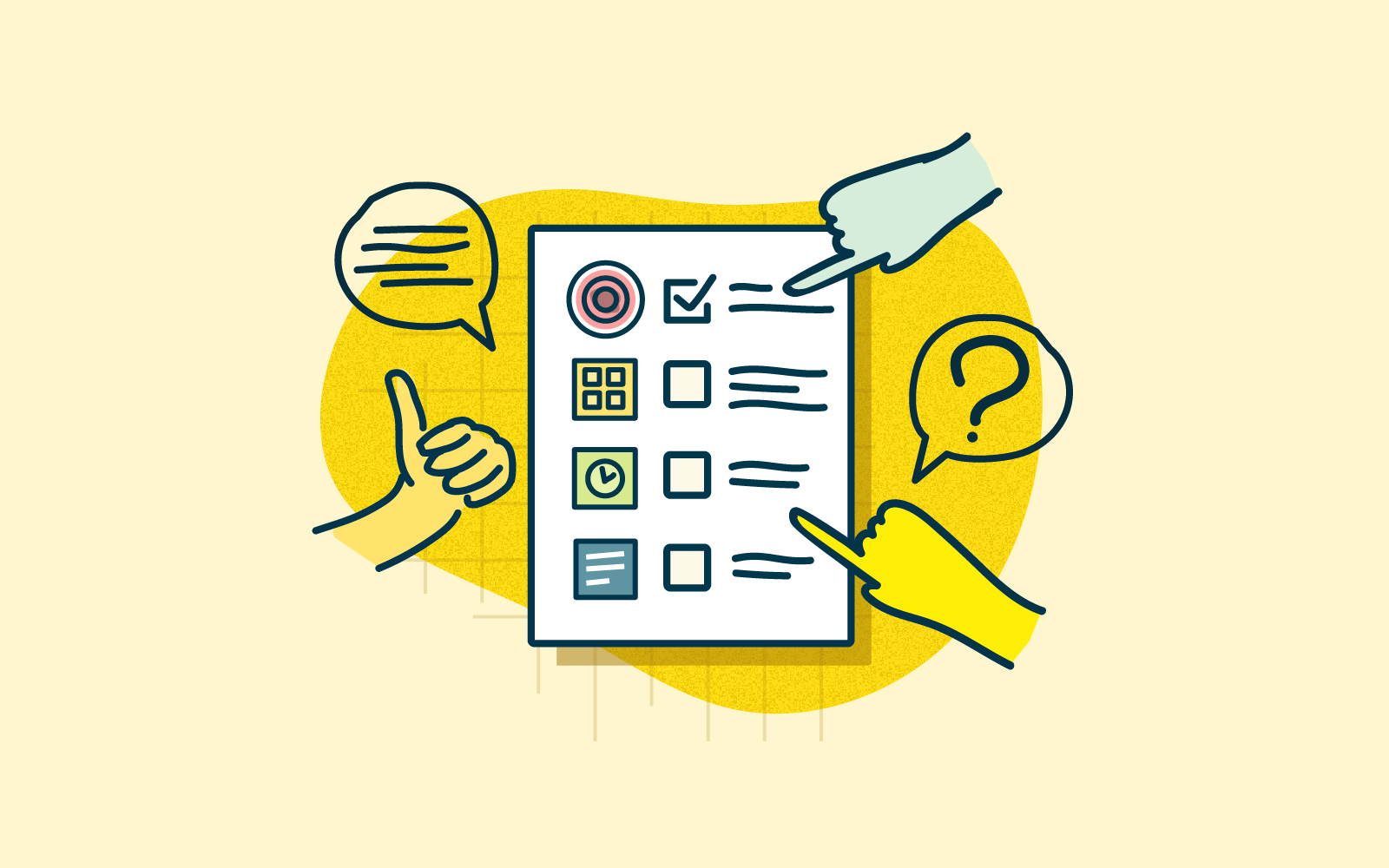How to Conduct Effective User Research for Your Design Projects
User research serves as the cornerstone of successful UX/UI design projects, providing valuable insights into user behaviors, preferences, and needs. By understanding your target audience through systematic research methods, designers can create more intuitive and impactful digital experiences. This comprehensive guide explores the essential steps and best practices for conducting effective user research to inform and enhance your design projects.
Understanding the Importance of User Research
User research is a critical phase that precedes the design process, aiming to uncover actionable insights about the end-users. By gaining a deep understanding of users' motivations, pain points, and goals, designers can tailor their solutions to meet user expectations effectively. This user-centric approach not only improves usability but also enhances overall user satisfaction and engagement with the product.
Key Steps in Conducting Effective User Research
- Define Research Objectives: Start by clearly defining the goals and objectives of your user research. Identify what specific questions you want to answer and what insights you need to gather to inform your design decisions.
- Identify Target Audience: Define your target audience demographics, including age, gender, location, and relevant characteristics. This helps in selecting appropriate research methods and ensuring that insights are relevant to your users.
- Choose Research Methods: Select research methods based on your objectives and audience. Common methods include:
- Surveys and Questionnaires: Gather quantitative data on user preferences, behaviors, and demographics.
- Interviews: Conduct one-on-one or group interviews to explore in-depth insights, motivations, and experiences.
- Observational Studies: Observe users in their natural environment to understand how they interact with products or perform tasks.
- Usability Testing: Evaluate the usability of prototypes or existing designs to identify usability issues and gather user feedback.
- Collect and Analyze Data: Implement chosen research methods to collect data from your target audience. Ensure data quality and reliability by using structured data collection tools and techniques. Analyze the collected data to uncover patterns, trends, and insights that inform your design decisions.
- Generate Personas and User Profiles: Based on your research findings, create personas or user profiles that represent typical users of your product. Personas help in empathizing with users and understanding their needs, goals, and behaviors.
- Synthesize Findings: Synthesize research findings into actionable insights and recommendations. Identify common themes, pain points, opportunities, and areas for improvement that can guide the design process.
Best Practices for Effective User Research
- Start Early: Incorporate user research at the beginning of the design process to inform ideation and concept development.
- Use Multiple Methods: Combine qualitative and quantitative research methods to gain a holistic understanding of user behaviors and preferences.
- Involve Stakeholders: Collaborate with stakeholders, including clients, product managers, and developers, to ensure alignment between user research findings and project goals.
- Iterate Based on Feedback: Continuously iterate on your designs based on user feedback and insights gathered throughout the research process.
- Ethical Considerations: Respect user privacy and confidentiality, obtain informed consent, and adhere to ethical guidelines when conducting research.
Case Studies and Examples
Illustrate the effectiveness of user research with real-world examples and case studies. Highlight how companies have used user research to identify user needs, improve product usability, and achieve business success. For instance, how a mobile app redesigned its interface based on user feedback to increase engagement and retention rates.
Effective user research is instrumental in creating user-centered designs that resonate with your audience. By investing time and resources in understanding user behaviors and preferences, designers can make informed decisions that lead to intuitive and impactful digital experiences. Incorporate these best practices and methodologies into your design process to ensure that your products meet user expectations, drive engagement, and achieve long-term success in competitive markets. User research not only enhances the usability of your designs but also fosters stronger connections between users and your brand, ultimately contributing to business growth and customer loyalty.






































